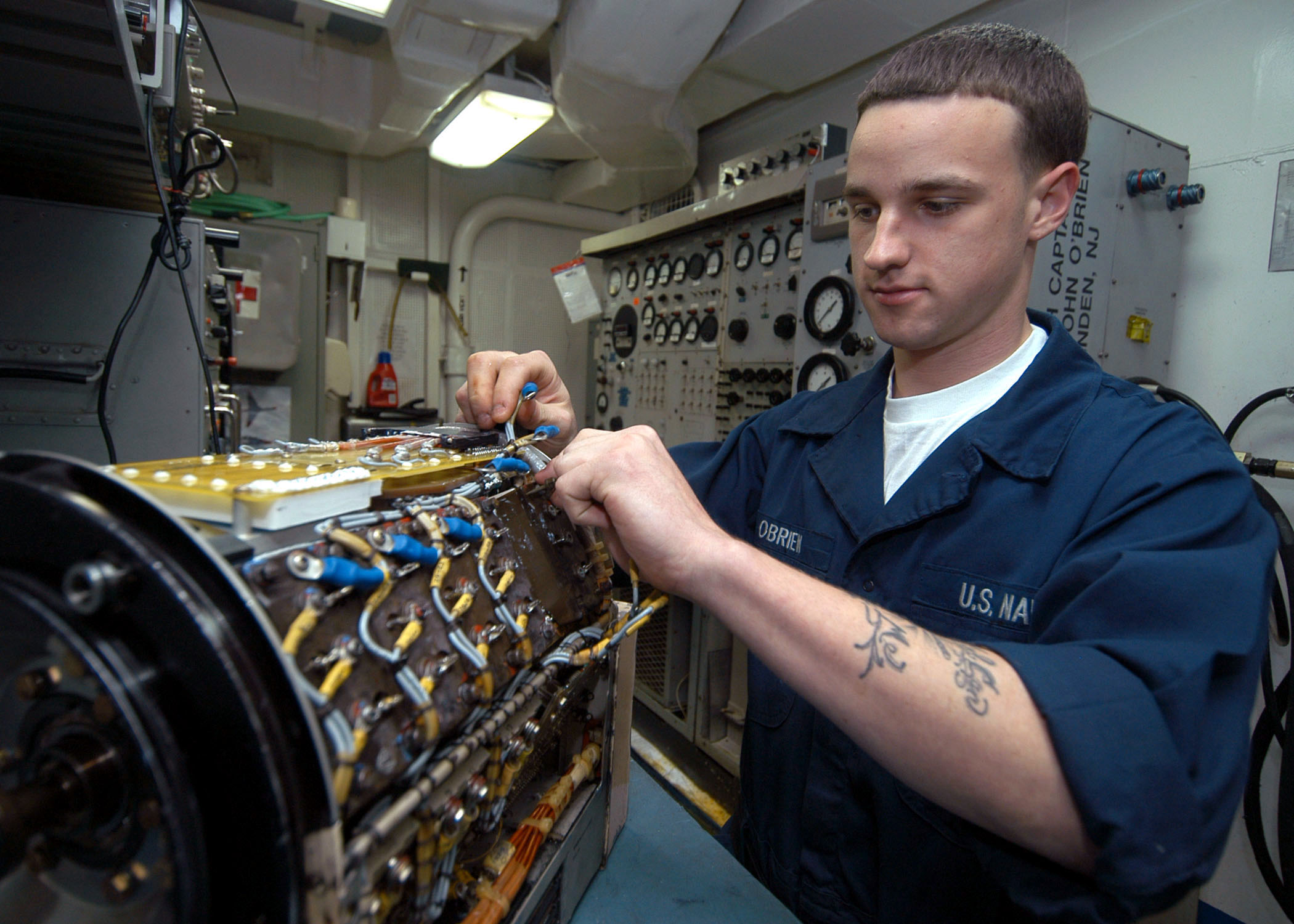Air conditioning systems are essential for maintaining comfort in our homes and workplaces, especially during the sweltering summer months. However, like any mechanical system, air conditioners consist of various components that can wear out or require maintenance over time. Understanding these parts can help you troubleshoot issues, perform basic repairs, and make informed decisions when it comes to replacements. In this article, we will explore the key components of air conditioning systems and the importance of quality air conditioning parts.
### 1. Compressor
The compressor is often referred to as the heart of the air conditioning system. It is responsible for circulating refrigerant through the system and compressing it to raise its temperature and pressure. This process is crucial for the cooling cycle, as it allows the refrigerant to absorb heat from the indoor air and release it outside. A malfunctioning compressor can lead to inadequate cooling and should be addressed promptly to avoid further damage.
### 2. Condenser Coil
The condenser coil is located outside the home and plays a vital role in the cooling process. After the refrigerant leaves the compressor, it enters the condenser coil, where it releases the heat it absorbed from the indoor air. As the refrigerant cools, it transforms from a gas back into a liquid state. Regular maintenance of the condenser coil, such as cleaning debris and ensuring proper airflow, is essential for optimal performance.
### 3. Evaporator Coil
The evaporator coil is situated inside the home and is responsible for absorbing heat from the indoor air. As warm air passes over the coil, the refrigerant inside absorbs the heat, causing it to evaporate and cool the air that is circulated back into the living space. If the evaporator coil becomes dirty or frozen, it can hinder the cooling process, making it crucial to check and maintain this component regularly.
### 4. Expansion Valve
The expansion valve is a critical component that regulates the flow of refrigerant into the evaporator coil. It lowers the pressure of the refrigerant, allowing it to expand and cool before entering the evaporator. A malfunctioning expansion valve can disrupt the cooling cycle, leading to inefficient operation and increased energy costs. It’s essential to ensure that this part is functioning correctly for optimal air conditioning performance.
### 5. Air Filter
The air filter plays a crucial role in maintaining indoor air quality and the efficient operation of the air conditioning system. It traps dust, dirt, and other airborne particles, preventing them from entering the system and affecting its performance. A clogged air filter can restrict airflow, leading to reduced efficiency and potential damage to other components. Regularly replacing or cleaning the air filter is a simple yet effective maintenance task that homeowners can perform.
### 6. Ductwork
Ductwork is the network of tubes that distributes cooled air throughout the home. Properly designed and maintained ductwork ensures that air flows efficiently from the air conditioning system to each room. Leaks or blockages in the ducts can lead to uneven cooling and increased energy consumption. Homeowners should periodically inspect their ductwork and seal any leaks to maintain an efficient air conditioning system.
### 7. Thermostat
The thermostat is the control center of the air conditioning system. It allows users to set the desired temperature and regulates the operation of the system. Modern thermostats may also feature programmable settings, allowing for greater energy efficiency. If your air conditioning system is not responding as expected, checking the thermostat settings and functionality should be one of the first steps in troubleshooting.
### Conclusion
Understanding the various components of an air conditioning system is essential for effective maintenance and repair. Regular inspections and timely replacements of air conditioning parts can help ensure that your system operates efficiently and effectively. By being proactive in your maintenance efforts, you can extend the lifespan of your air conditioning unit and enjoy a comfortable indoor environment all year round.




